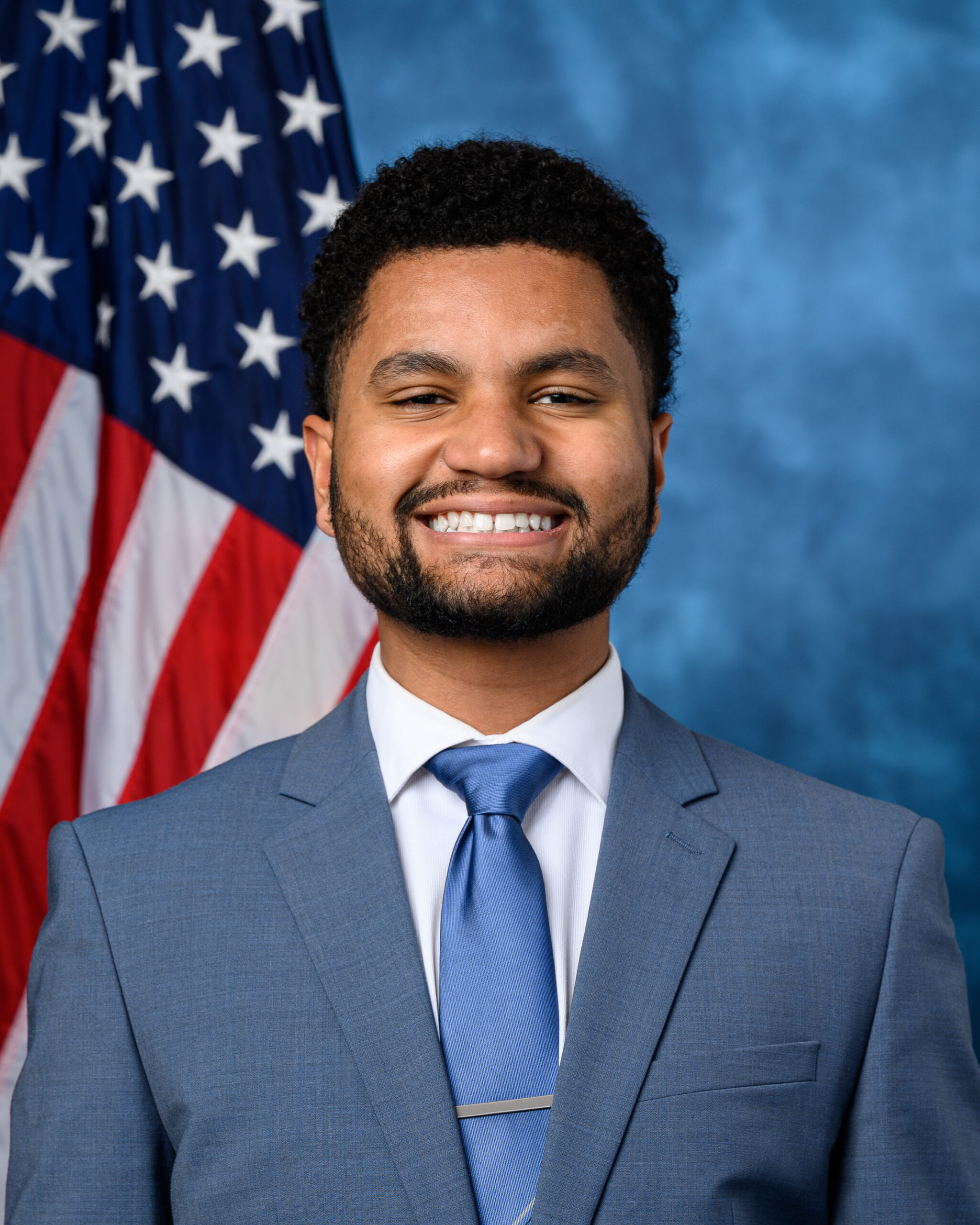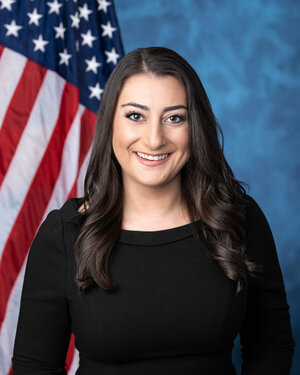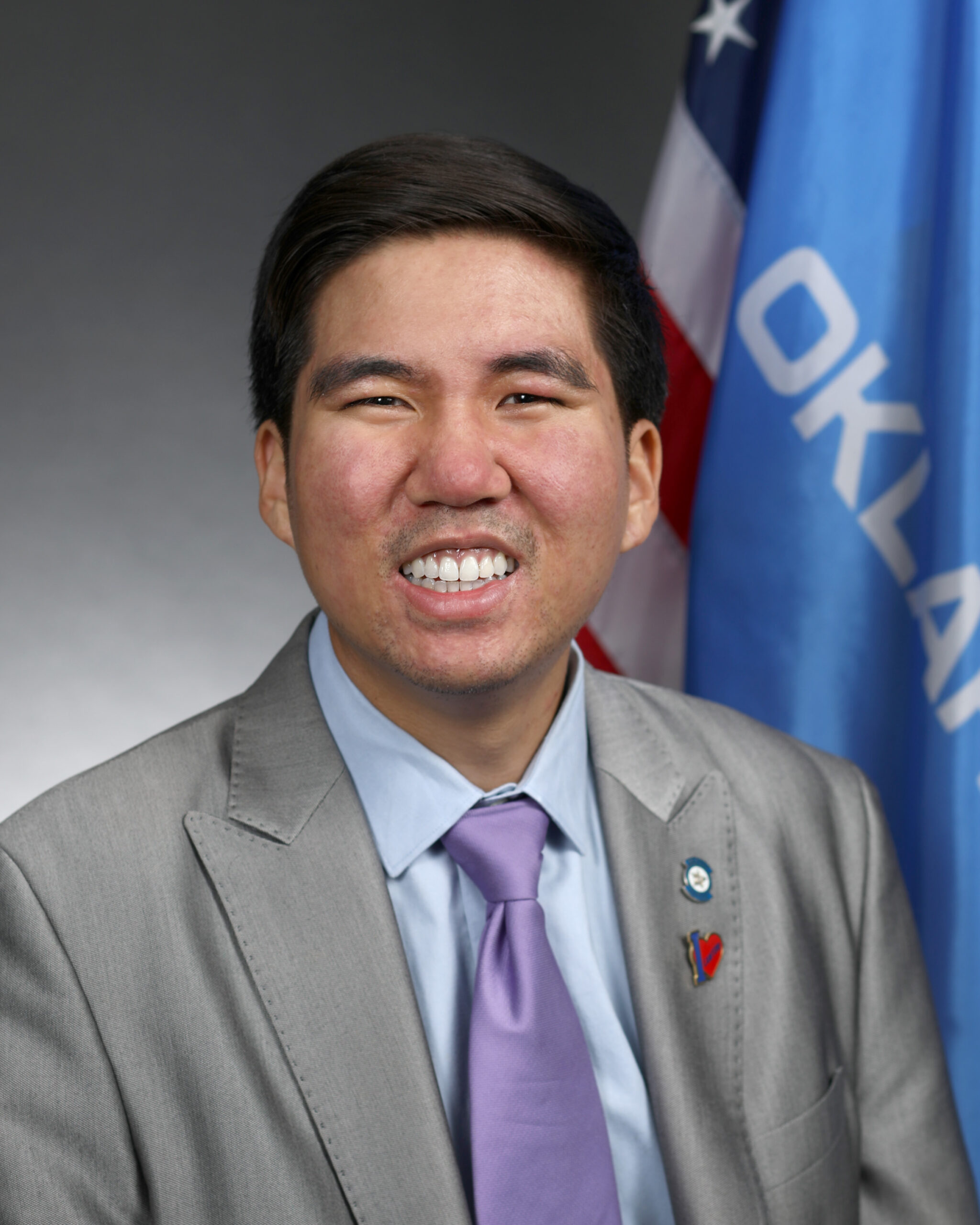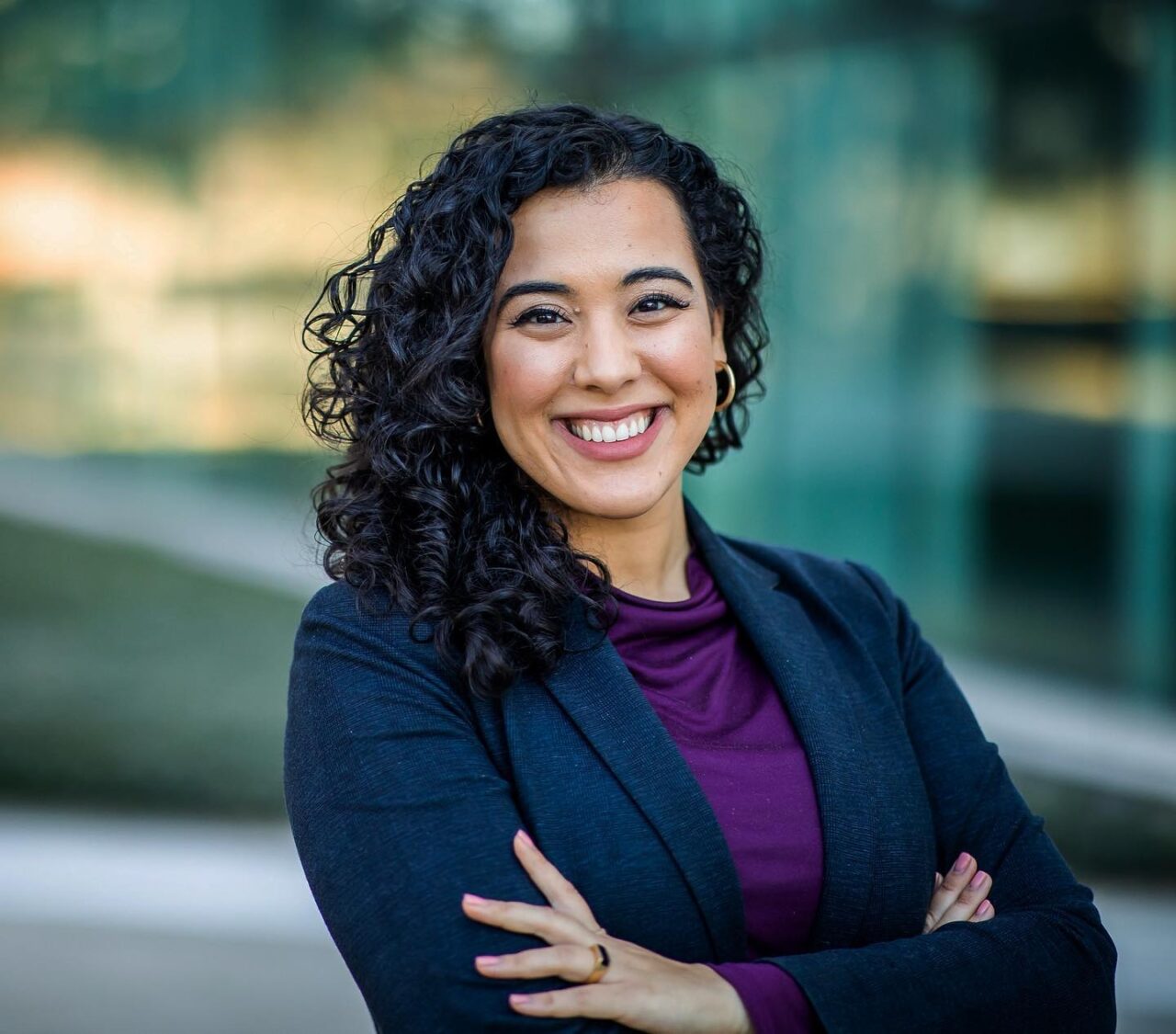Vote Safe, Wisconsin
October 5, 2020
By Representatives Daniel Riemer (D) and Tyler Vorpagel (R)
It may not seem like it yet, but the 2020 general election is here. In many states, voters are already requesting absentee ballots and election officials are training a new class of poll workers for November.
Elections are the largest public events in America; even as we work to stop the spread of COVID-19, we know that voting is essential to who we are as Americans. What’s more — higher voting rates predict better community health outcomes, which is why public health experts are encouraging everyone to vote in a safe and healthy way this year.
Here in Wisconsin, you have many options available to you to ensure that you have a safe and healthy way to participate in this election.
First, you can vote absentee/vote-by-mail. From a public health perspective, voting absentee or by mail is the best way to avoid contracting or spreading COVID-19. While you still might need to visit a ballot drop box or voting center to deliver your ballot, mail voting minimizes contact with other people.
There is no excuse required to vote absentee and the WI Election Commission will automatically mail absentee ballot request forms to all registered voters. Complete and submit the ballot request form as soon as possible to receive your absentee ballot. You can also request your absentee ballot through the MyVote WI website here.
Here’s what you need to include with your ballot when you send it in: a photocopy of your state-issued ID, your signature, and the signature of one witness. You can mail your ballot in with the accompanying pre-paid envelope or you can drop your ballot at an official ballot drop box.
October 29th is the last day you can request a mailed ballot for the November election; however, your ballot must be returned by November 3rd. Voters can track their mailed absentee ballot through the My Voter Info page on MyVote.wi.gov. With potential delays in mailing — for both receiving and sending your ballot — we strongly recommend that you mail your ballot as early as possible. The ballot drop box is a safe and secure option if you are worried about mailing delays.
Second, you can vote early in person at certain designated polling locations. Many voters prefer to cast their ballots in person because they rely on language assistance, disability assistance, must update their records, or did not receive their ballot by mail but want to vote early anyway. Early in-person voting, known in Wisconsin as “in-person absentee voting,” takes place between October 20th and November 1st, 2020.
Early in-person voting is usually less crowded than voting on Election Day. If more people vote early, we can help reduce long lines and crowded polling locations on Election Day. That helps protect other voters and election workers. In 2018, 40 percent of voters cast their ballots early or by mail. That number is expected to rise this year and the more it does, the more we can cut back on long lines, crowding, and voter frustration on Election Day.
You can check MyVoteWI for in-person absentee voting locations. Please be sure to bring a valid state-issued ID — here’s a list of accepted ID’s.
Third, you can vote on election day at your usual polling location. Be prepared for longer lines. Best to vote early if you can.
Whenever you vote, you should follow instructions at your polling location, use common sense, and follow the same best practices public health officials have identified for other in-person activities: wear a mask, practice physical distancing, and wash your hands with soap or hand sanitizer.
Public health experts are also advising voters who are sick or worried they might have been exposed to COVID-19 to contact their local elections office. They may have options like casting an emergency absentee ballot or meeting an election worker outside a polling location to do curbside voting from the car.
You can stay up-to-date on voting information, recommendations, and deadlines at Myvote.wi.gov.
Finally, if you’re in good health, one of the best things you can do for our democracy this year is to serve as a poll worker. In a normal election year, more than 900,000 people can serve as election workers, but more than half of all election workers are over 60 and many are opting out of the work this year amid concerns about contracting COVID-19. Organizations like PowerThePolls.org are making it easy to connect would-be poll workers to their local election offices.
We’ve held elections in the middle of the Civil War, both World Wars, and the flu pandemic of 1918. Doing our civic duty this year doesn’t just mean voting; it means protecting our health and the health of our neighbors.
Leaders from across the political spectrum have come together to share this message: regardless of your political affiliation, we want you to vote safely, securely, and early.






Join 1,900+ BIPARTISAN LEADERS NATIONWIDE
Be a part of a network of lawmakers committed to governing effectively, passing more representative public policy, and increasing public trust in democracy.